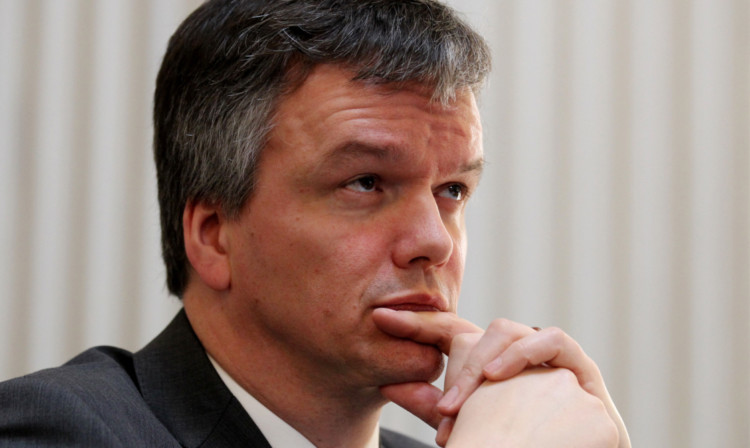Senior UK Government ministers will visit Scottish cities over the coming weeks to make the case for remaining part of the UK.
The Scotland Office said cabinet ministers will raise questions about the “authenticity” of proposals being made for an independent Scotland in the run-up to next September’s referendum.
Scottish Secretary Michael Moore will make a speech in Glasgow on Wednesday, when he is expected to ask whether those leading the Yes campaign are being honest with the Scottish people.
Ministers will cite data that points to Scotland’s strong economic performance as part of the UK and undermines claims that the country is being held back as part of the union, the Scotland Office said.
They will underline what they say are the benefits of belonging to the UK – safer banks, cheaper mortgages and fewer barriers to trade.
A UK Government spokesman said: “Scotland is performing well in both UK and international terms and we will produce more analysis shortly showing that the UK gives the Scottish economy a solid platform to work from.
“Meanwhile there is a growing sense that the independence camp will now say anything and do anything to try and lure people towards a ‘yes’ vote. They want people to believe that independence is a lot like the UK when in fact it is about leaving the UK.
“UK ministers are going to step up the pressure in this area over the coming weeks. There is a real determination to expose this deliberate attempt to dress up independence as something else.”
A spokesman for Deputy First Minister Nicola Sturgeon said: “It was a UK minister who came to a Scottish city in 2011 and said that the independence debate would harm investment in Scotland.
“Now that this has been proved comprehensively wrong by the latest Ernst & Young report showing the number of inward investment projects in Scotland is the highest for 15 years – at 49% on the previous year – and that Scotland is ranked number one for inward investment projects outside London, we have UK ministers now scrambling to claim credit instead.
“The fact is that attracting inward investment is a devolved matter and Scotland acts independently on that issue – in other words, it shows exactly what Scotland can achieve with independence.
“But – as we see with the UK’s drastic inequality figures – there is so much more that we could be doing with the full economic and fiscal powers of independence to strengthen our economy and create jobs. Scotland is wealthy enough to be a fairer society and independence is the opportunity to achieve that.”
